Anglers Booking Team
The expert copywriters at Anglers Booking have meticulously crafted this article. Our dedicated team of writers provides valuable insights and information to enhance your angling experience.
 9 minutes read
9 minutes readUsing the right lure is crucial when fishing for Speckled Trout. The wrong lure can mean fewer bites. That will lead to a bad day at the water. If you don't want that scenario, follow this guide to the end.
Speckled Trout, also known as Spotted Seatrout, are smart fish. They choose when and where to eat, which usually depends on water temperature, weather, and the food around them.
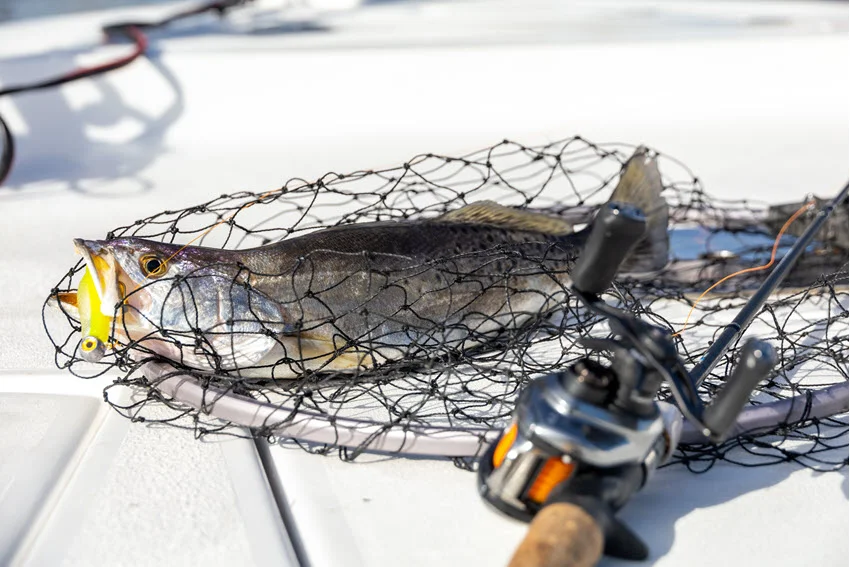
That's why picking the right lure is very important. In the following sections, we will show you why lure choice matters. You will learn how Speckled Trout behave in each season and in different types of water. We will also show you the best lures to use. You'll get tips on how to fish with them the right way.
Speckled Trout respond to their environment with care. Their feeding and location depend on water temperature, food, and light. To catch more, you need to match your lure to their mood and place. That's exactly what we're dealing with below. Be focused, because in each paragraph there is information of essential importance.

Speckled Trout live in warmer, shallow coastal waters, in bays, near mangroves, seagrass beds, and shell reefs. They prefer calm or slow-moving water.
They hide close to plants, roots, and underwater structures. Common spots are near grass, mangrove roots, and rocks. These places let them save energy while waiting to ambush prey.
Speckled Trout are most active in warm water, especially during spring, summer, and fall. When the water gets cold or the weather is bad, they feed less and become more cautious. During the day, they often move around based on light, water temperature, and fishing pressure. They change locations to avoid heavy angler activity.
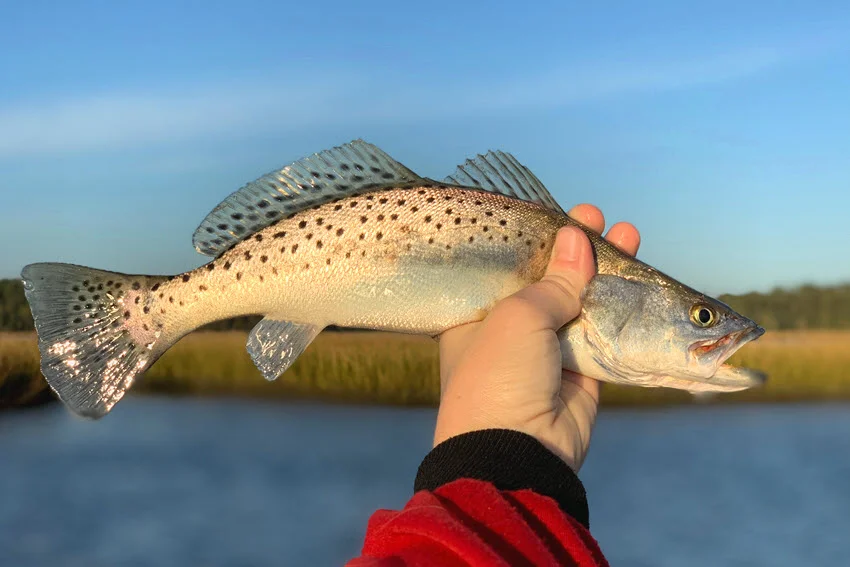
Speckled Trout behavior changes significantly throughout the year. Knowing these changes helps you catch more fish. It also enables you to choose the right lure and the best time to fish.
If you know the seasonal habits of this fish, you will be able to be in the right place at the right time. It also lets you choose the lure and fishing method that Speckled Trout want that day. Paying attention to seasons will improve your fishing and help you catch more fish.
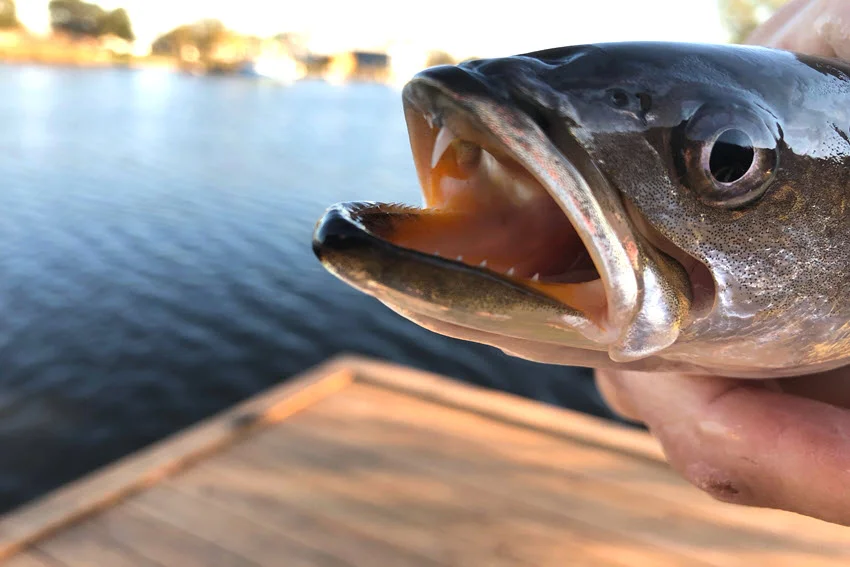
Knowing where to find Speckled Trout is critical. These fish stay mostly inshore, so you don't need to go far from the coast to catch them. Fishing from a boat gives you the best chance to reach the right spots.
Fishing innovatively means choosing the right lure for the spot you're fishing. When you know where Speckled Trout stay and what they eat, you can catch more fish with less work.
Trout depend on water, fish behavior, and where you fish. Speckled Trout eat many types of prey, so you have lots of options to catch them. Use lures with natural colors like gray, white, black, brown, and green. These look like real baitfish or shrimp.
Speckled Trout also strike at bright colors sometimes, but natural shades work best. Realistic lures often catch more fish. Still, Speckled Trout can bite almost anything!

When discussing soft plastics, we must mention paddle tails and flukes. They are very popular. Paddle tails look real and are suitable for bouncing on the bottom of flats or near oyster bars and mangroves. Flukes are lighter and move smoothly under the water. Use them to imitate small fish or shrimp. These lures work well in calm water and are easy to fish with, and attract many bites.
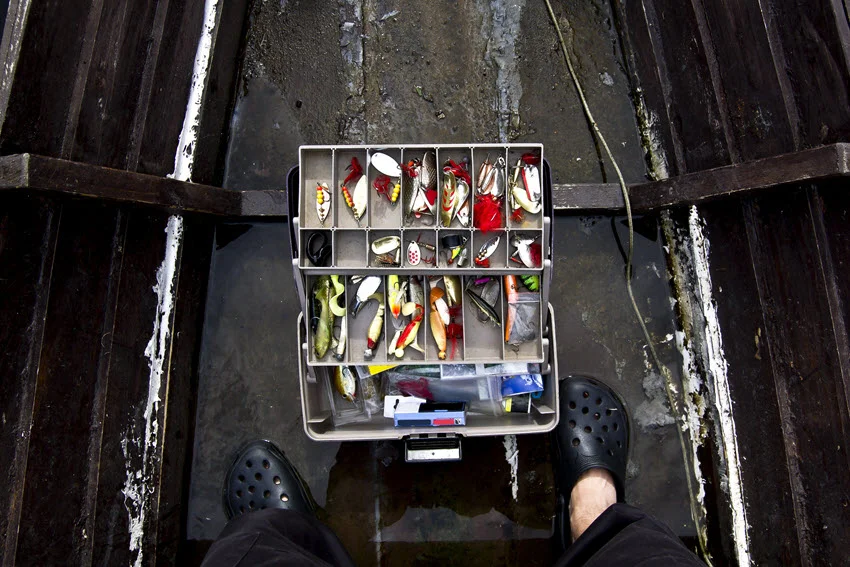
Popping corks create a sharp pop when you jerk the rod, imitating the sound of feeding fish and attracting Speckled Trout from nearby. Attach an artificial shrimp or soft plastic below the cork to complete the setup. The splash draws attention, and the lure below triggers strikes. This method works best in shallow water, between 2 and 5 feet deep, especially over grass flats or lightly choppy bays.
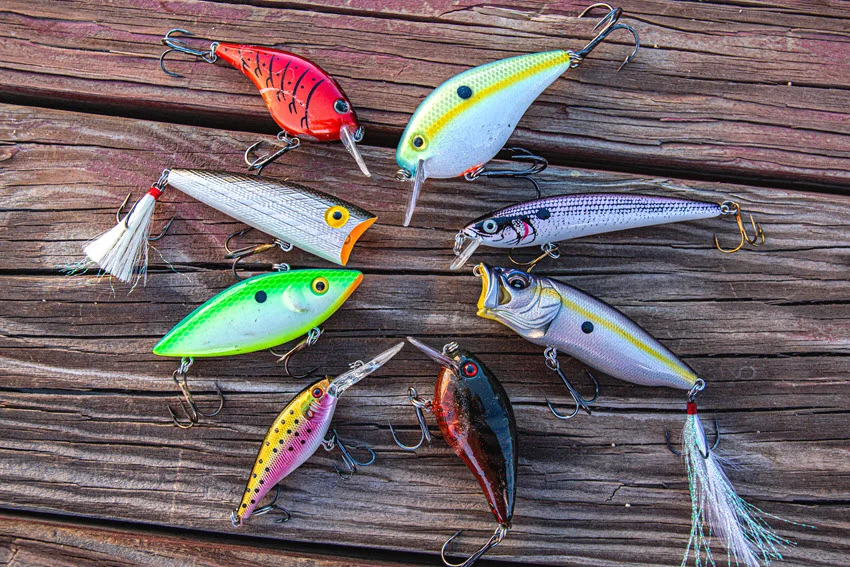
These lures move on the water's surface in a zig-zag motion. While they are moving, you can hear quiet clicks. They create a splash that attracts Speckled Trout. When a fish strikes, you will feel the sudden tug as it takes your lure underwater. Great for exciting strikes! Use them early in the morning or late evening. Fish often hit topwater lures when feeding on the surface.

Jerkbaits are slender lures that closely imitate baitfish, featuring a flashing body and built-in rattles that draw Speckled Trout from a distance. Outfitted with treble hooks, they increase your chances of a solid hookup. Use a jerk-and-pause retrieve just below the surface to trigger reaction strikes. They work best when the fish are active, letting you cover wide areas of water quickly and efficiently.

These lures look highly realistic and often include added scent to attract Speckled Trout. Common examples are soft plastic shrimp and baitfish patterns like mullet or pilchard. They offer a natural presentation that entices finicky fish, especially in clear water, where subtle movement and lifelike detail can fool even the most cautious ones.
Speckled Trout are strong fighters. That means if you tend to catch them, you must know the most effective techniques for that. In different conditions, you need to use a suitable method. Below, analyze it in detail!
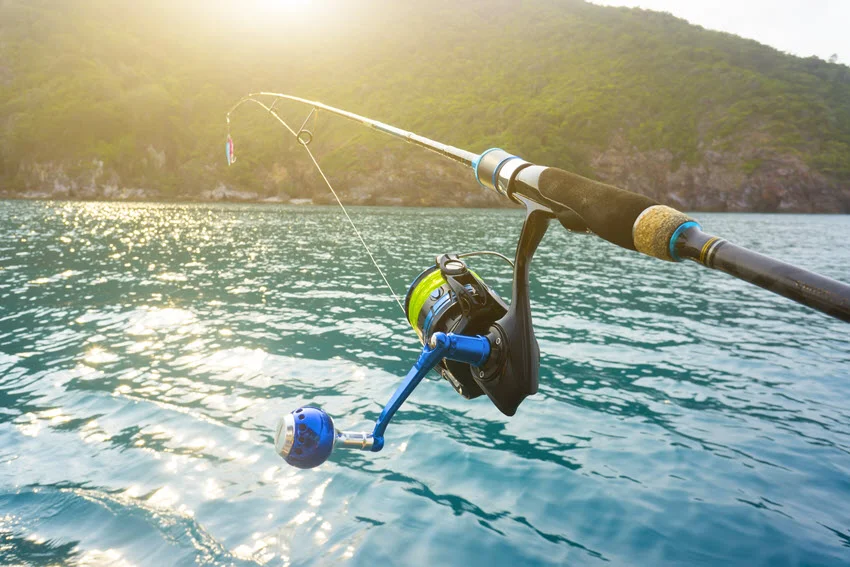
Use a jig head with a soft plastic lure and work it with a pumping retrieve. Two quick pumps of the rod, followed by a pause, let the lure fall naturally, enticing strikes from the Speckled Trout. Jigging technique mimics the movement of injured prey. That triggers the Speckled Trout's predatory instincts. Adjusting the speed and depth can help locate where the fish are holding.

When fishing deeper waters, the free-spool method lets a weighted rig drop quickly and straight down without drag, reaching fish holding near the bottom efficiently. Methods like this offer reasonable control over the bait's depth. It allows for precise placement. It's very productive in places with current or deeper channels.

Fly anglers target Speckled Trout with patterns like Clouser Minnows, shrimp, and crab imitations. Sinking lines and heavier flies help reach deeper or trophy fish. Accurate casts and subtle retrieves are key to fooling selective Trout. Fly fishing offers a challenging but at the same time rewarding experience.

Understanding fishing regulations and ethical practices about specific fish species protects fish populations and ecosystems and promotes responsible angling practices.
Anglers Booking team
Fishing for Speckled Trout should be done with care. There are rules to help protect the fish. Some places limit how many you can catch in a day. Others close during spawning time. In some spots, you can only use fake lures. Some areas say you must release the fish after catching it.
Be careful when handling fish and wet your hands first. Put the Trout back in the water slowly. Barbless hooks make it easier to remove the hook without causing harm. Hold the fish horizontally, not by the jaw, to prevent injury, especially when handling larger Speckled Trout.
Before you go fishing, check the local rules. They can change by season, place, or fish type. Following the rules helps Speckled Trout stay healthy and keeps fishing fun for everyone.
Fishing for Speckled Trout takes more than luck. You need to pick the effective lure for the water and season. Knowing where the fish like to hide and what they want to eat is very helpful. Using good techniques and being patient will increase your chances.
Always follow local fishing regulations to help protect Speckled Trout populations for future anglers. With time, practice, and the right approach, every trip becomes more rewarding. Now it's your turn, what's your go-to lure for Speckled Trout? Which one has worked best for you? Share your experience below!

The expert copywriters at Anglers Booking have meticulously crafted this article. Our dedicated team of writers provides valuable insights and information to enhance your angling experience.
Embark on unforgettable fishing adventures with us at Anglers Booking.
book your charterOctober 17, 2025
October 15, 2025
October 10, 2025
October 11, 2025
October 4, 2025
September 29, 2025
September 25, 2025
September 21, 2025

You're now part of our exclusive community. Get ready for premium content and updates straight to your inbox.
close
Subscribe to our newsletter and receive a selection of cool articles every week.
Please enter a valid email address.

Be the first to know when we're back in action.
Please enter a valid email address.
Leave a Comment
Your email address will not be published. Required fields are marked *
Thank you for your comment! It has been submitted for review and will appear on the site shortly.